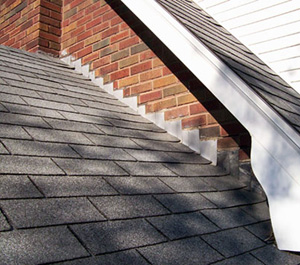Sealing a chimney cap
Inspecting the neck of the pipe helps asserting it’s good condition, the top of the chimney or any other part can be identified and fixed with ease. It’s an adequate way of improving the safety of the fireplace and ensuring it’s efficiency in preserving energy. Damaging the chimney cap will allow the smoke to escape the chamber more easily.
Tools and materials needed
- Non-flammable material, such as refractory cement
- Broom or brush
- Flashlight
- Safety glasses
- Protective overalls and working gloves
- Ladder
Clean the Chimney
Wear protection glasses ,working gloves and sturdy trousers. Clean the interior of the chimney using a broom. Maintain the house clean by placing a fitting material in front of the fireplace. TO get rid of the creosote that remains after burning the combustible matter gently sweep the inside of the fire. If you are thin enough, for an effective cleaning of the whole place, support the ladder in the chimney. Be extremely cautious when doing this. Check to make sure that the ladder is properly placed against the wall. It is advised that you ask a mature person to keep it still. Put out the rubble and dirt getting rid of them properly after sweeping the entire surface of the chimney.
Inspect the chimney cap
Using a portable electric lamp, inspect the surface of the chimney for any breaches or fissures .If it’s made of blocks of clay, verify that there aren’t any misplaced or fragmented pieces. If it\s made of metal,check for gaps presumably caused by oxidizing or erosive elements.
Seal the Chimney cap
If the are junctures or open spaces on the chimney use something non-combustible to close it off. For efficiency, get high refractory cement from a metal-ware store and ask the store retainers to validate the product’s fire-resistance.Seal the holes of the chimney top using bricks or clay blocks. Use this only for chimneys made from clay or brick, respectively. Ensure the position of the bricks using the refractory cement. You may also use the cement to cover other binds that are done in a poor manner.
Inspect the entire chimney
Inspect the interior of the chimney for other holes or spaces. Usually problems can be found in the duct’s opening and the fireplace or stove. If the damper causes holes in the chimney, fix this by properly putting it in place fast enough to forestall any wanted leakages. Doing this preserves the heat when the fireplace is on. Use the refractory cement to close outflows or holes on the surface of the chimney. After repairing the chimney, leave it for a few days to dry out. Lighting a fire will affect the efficient drying of the seal on the chimney top.
Tips
- Cover the holes in the chimney using only high temperature or refractory cement.
- Burning wet wood or pellets will cause the emission of hurtful gases, so do not do it.
- To maintain the efficiency of the chimney check them regularly. This will also conserve energy and prevents unwanted gases from flowing into the house.

 There are a few things you must know before starting the task of cementing a chimney crown.
M...
There are a few things you must know before starting the task of cementing a chimney crown.
M... If you wish to purchase a new chimney brush you have to take into considerations a few things. T...
If you wish to purchase a new chimney brush you have to take into considerations a few things. T... Most people think about installing a flue liner, so that they can use an old chimney without the...
Most people think about installing a flue liner, so that they can use an old chimney without the... The chimney top or cap allows smoke to exit the chimney but doesn't allow small animals such as ...
The chimney top or cap allows smoke to exit the chimney but doesn't allow small animals such as ... The chance of a chimney fire is higher in colder seasons, when it is most likely that you will u...
The chance of a chimney fire is higher in colder seasons, when it is most likely that you will u... Chimney cleaning logs are used to get rid of the accumulation of debris, creosote, tar and soot ...
Chimney cleaning logs are used to get rid of the accumulation of debris, creosote, tar and soot ... A chimney provides an escape route for smoke coming from a fireplace or a wood stove. This is a ...
A chimney provides an escape route for smoke coming from a fireplace or a wood stove. This is a ... There are 3 types of chimney liners: clay liners, metal liners and concrete liners. Depending on...
There are 3 types of chimney liners: clay liners, metal liners and concrete liners. Depending on...














